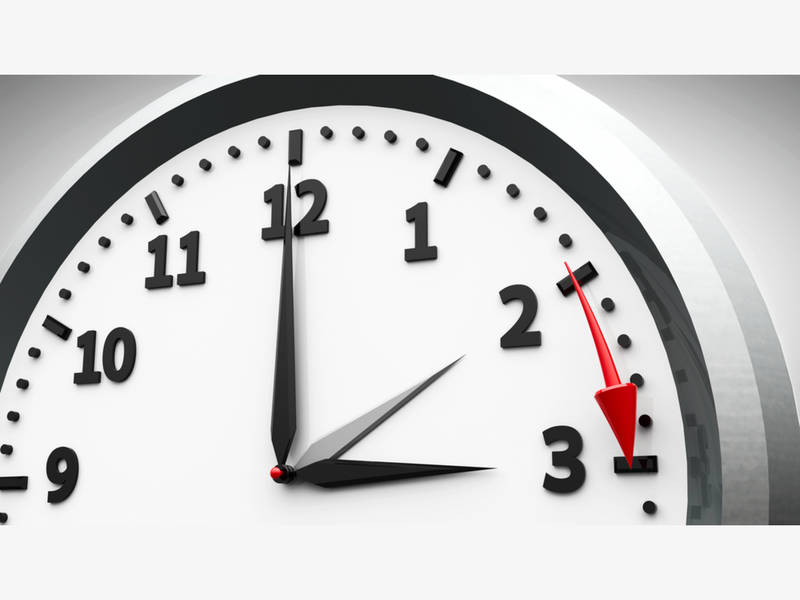100 Years of Saving Daylight!
 Daylight Saving Time begins this Sunday, March 11, at 2:00 a.m. And while we lose an hour of sleep, we gain one hour of sunlight at the end of the day. Smart devices will automatically adjust, but be sure to set the time on clocks and appliances ahead one hour before going to sleep on Saturday night.
Daylight Saving Time begins this Sunday, March 11, at 2:00 a.m. And while we lose an hour of sleep, we gain one hour of sunlight at the end of the day. Smart devices will automatically adjust, but be sure to set the time on clocks and appliances ahead one hour before going to sleep on Saturday night.
Other Important Springtime Tasks:
- Check alarms on smoke & CO detectors. Replace any detector over ten years old.
- Change filters (furnace, AC, vacuums, refrigerator water filters, air purifiers, humidifiers)
- Use FDA guidelines to safely dispose of expired medicine (both over-the counter-and prescription)
- Flush your water heater… here’s how
Fun Fact: This year, Daylight Savings turns 100 years old. In the Spring of 1918, the Federal government used the extra hour of daylight to save coal during World War I. It was intended to only last during the war, and technically it was suspended the same year. Many regions continued to follow the practice, however, finding the additional daylight useful for work and leisure taking place outdoors in the Summer months. The American government returned to the practice in 1966, and other countries around the globe used Daylight Saving Time during the energy crisis in the 1970s.






